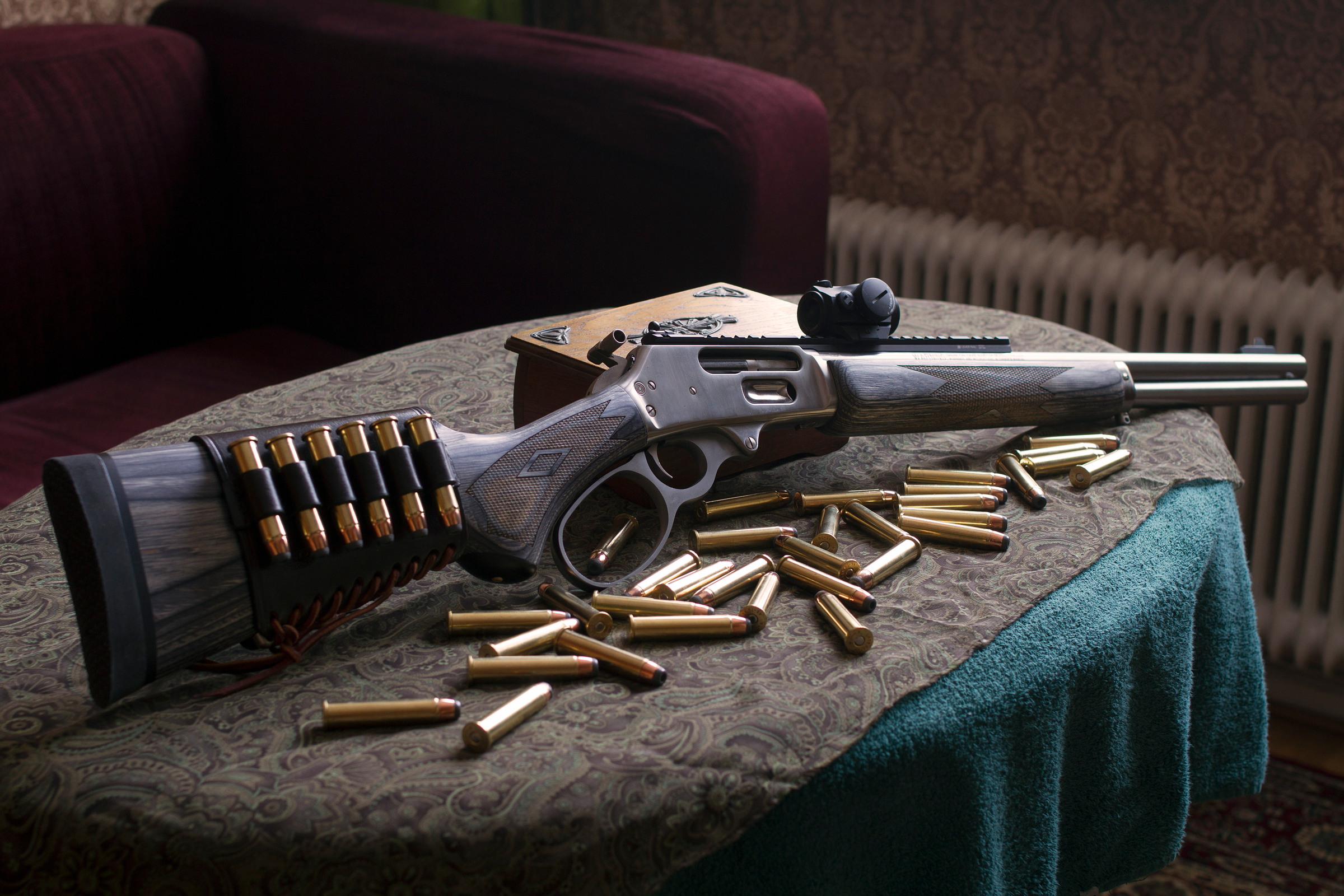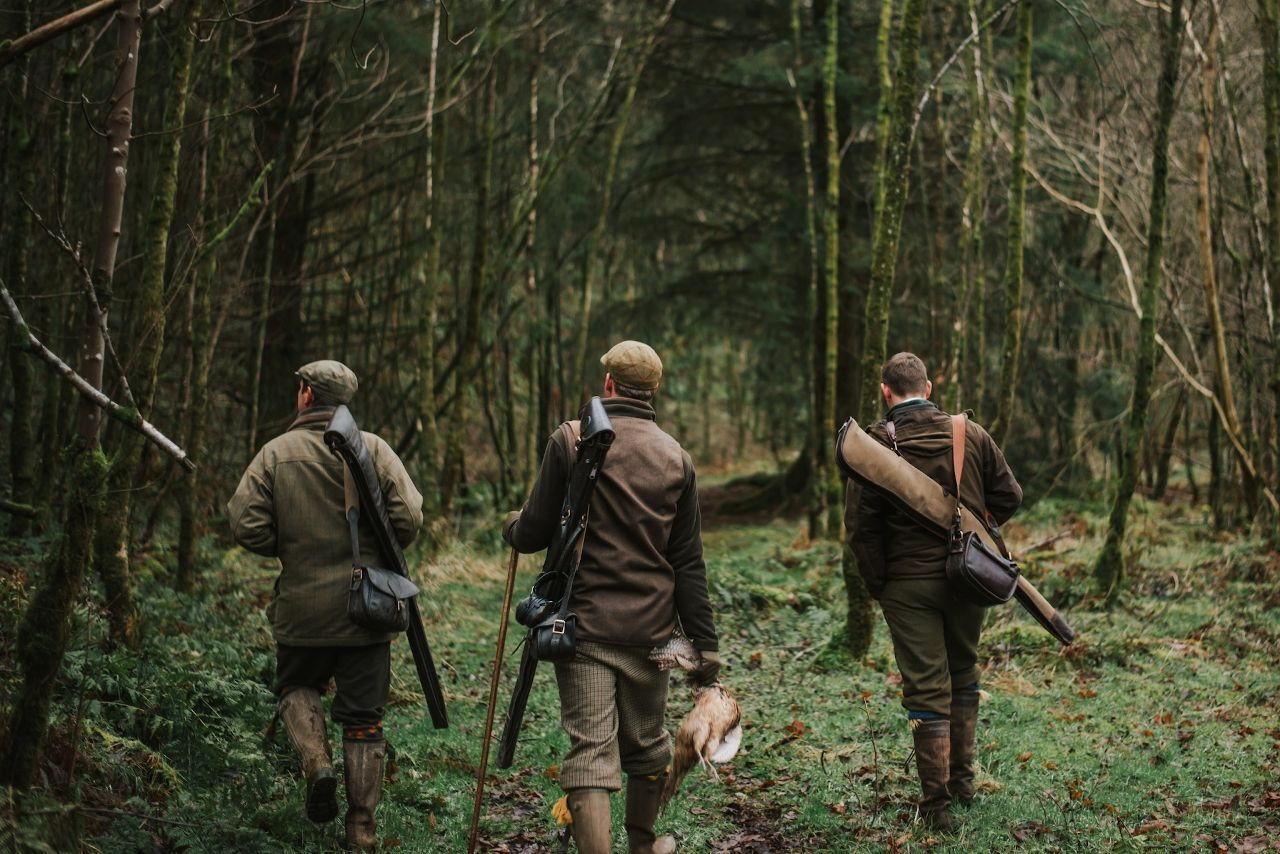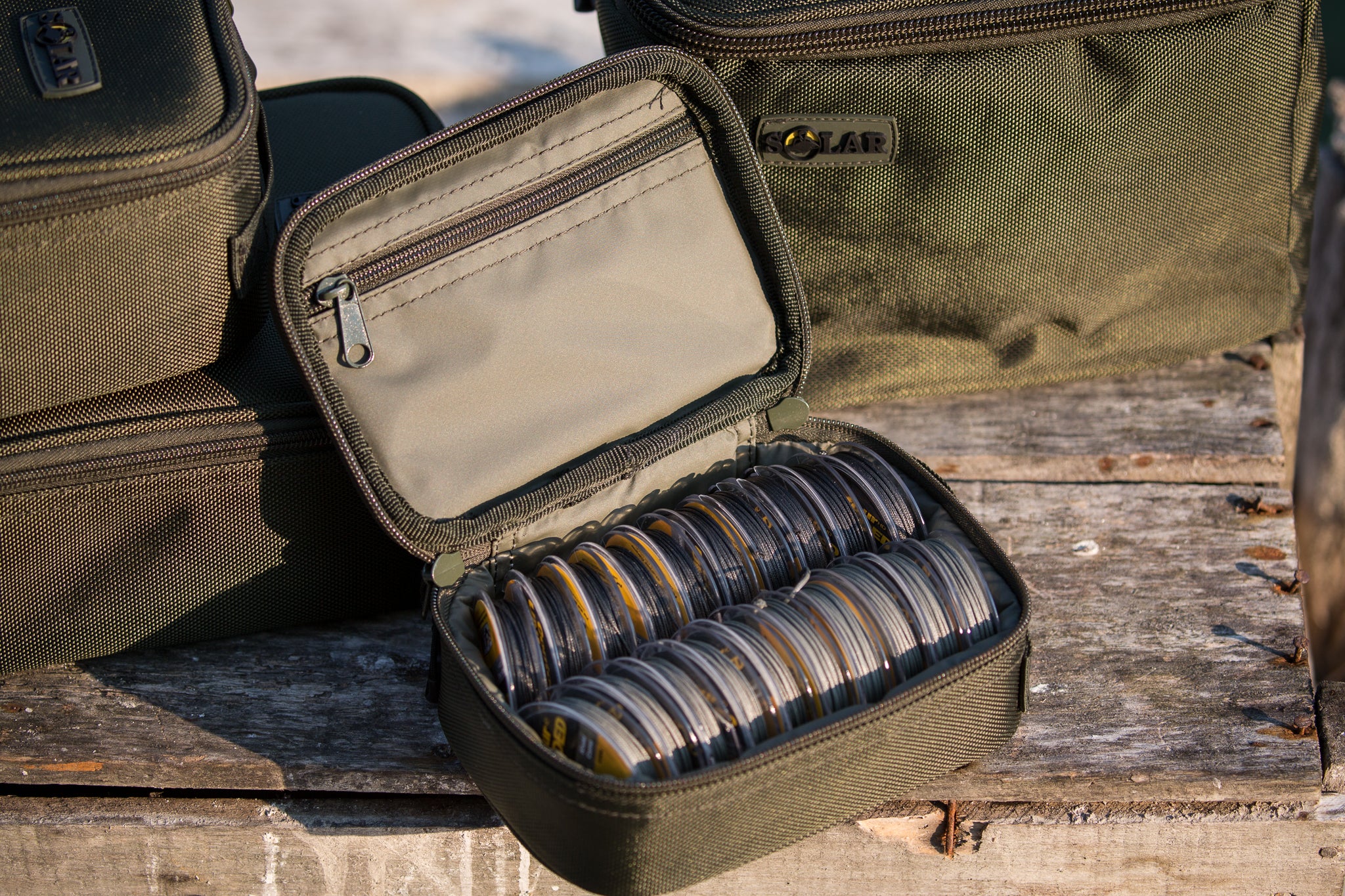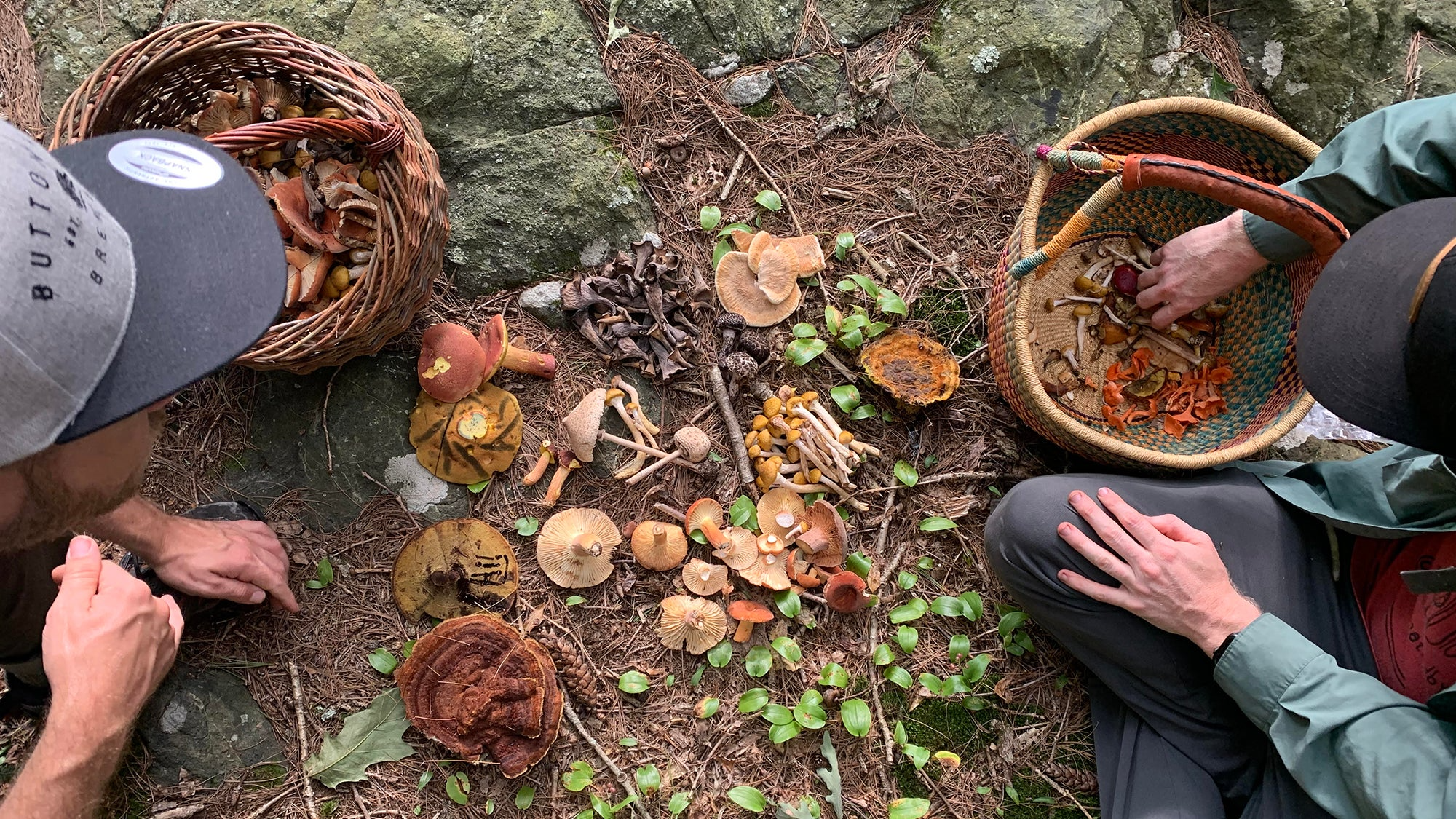Why summer is underrated for mushroom hunting: myths and realities
Foraging for wild mushrooms is often associated with the crisp air of autumn or the moisture of early spring. Yet, summer—frequently dismissed as too hot or too dry—has its own hidden bounty. In fact, summer mushroom hunting is one of the most underrated and misunderstood aspects of foraging culture.
In this article, we’ll bust the myths, explore the realities, and show you why summer might just be the secret season for serious mushroom hunters.
Why summer is underrated for mushroom hunting: myths and realities
Myth #1: Mushrooms don’t grow in summer
Reality: Many species actually thrive in warm, humid conditions.
While it's true that many popular edible mushrooms like porcini and chanterelles peak in the fall, summer rainstorms followed by high humidity create ideal conditions for a surprising number of fungi.
Top summer mushrooms include:
-
Chanterelles (Cantharellus cibarius) – Early fruiting starts mid-summer
-
Black trumpets – Especially after warm rains
-
Oysters – Found on decaying logs during humid stretches
-
Chicken of the woods (Laetiporus) – Common in July and August
-
Boletes – Particularly after thunderstorms

Myth #2: It’s too hot and dry for a productive hunt
Reality: Timing and microclimates matter more than the thermometer.
Hot days don’t kill your chances—they just make strategic foraging more important. After summer rains, moisture gets trapped in shaded forests and ravines, creating the perfect conditions for fungal growth.
Tips for summer foraging:
-
Hunt early in the morning to beat the heat
-
Look in north-facing slopes, creek beds, and under dense canopy
-
Use weather apps to track storms and humidity spikes
-
Carry a breathable mesh bag or mushroom basket to prevent spoilage
Myth #3: Summer mushrooms aren’t as tasty or safe
Reality: Some of the most delicious and beginner-friendly mushrooms appear in summer.
Chicken of the Woods, for example, is not only easily identifiable but also highly versatile in cooking. Summer chanterelles have a deep, fruity aroma and are a favorite among chefs.
Important note: As always, be 100% certain of your identification before consuming wild mushrooms. Summer doesn’t change that rule.
Advantages of summer mushroom hunting
Less competition: Most foragers wait until fall
Faster growth cycles: Mushrooms can emerge overnight after rain
Diverse habitats: From urban parks to deep woods, fungi don’t discriminate
Easier access: Drier trails and better weather conditions for hiking
Common challenges (and solutions)
| Challenge | Solution |
|---|---|
| Insects and ticks | Wear long sleeves, apply DEET-free repellent |
| Fast spoilage | Use breathable baskets, cool them quickly at home |
| Mushrooms drying too quickly | Focus on shaded, damp microhabitats |
Mushroom hunting gear for summer
-
Mesh or foraging basket for ventilation
-
Lightweight, breathable clothing
-
Knife with brush for clean harvesting
-
Field guide or ID app
-
Plenty of water (hydration is key)
-
Notebook to log weather and findings
Final thoughts
Summer mushroom hunting isn't just possible—it’s incredibly rewarding. With the right preparation and timing, the warmest months of the year can yield impressive results for both beginners and seasoned foragers.
Don’t let myths hold you back. Embrace the heat, learn the signs, and uncover the summer treasures growing quietly beneath the forest canopy.























